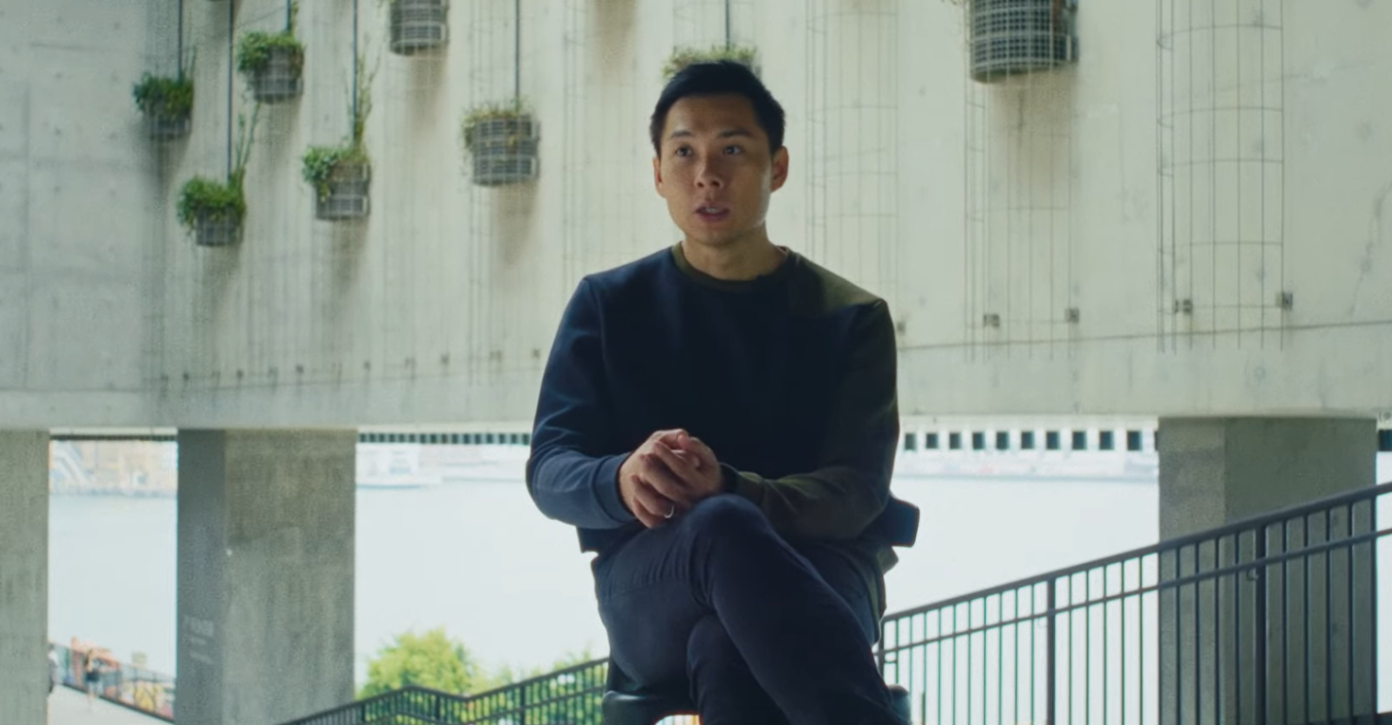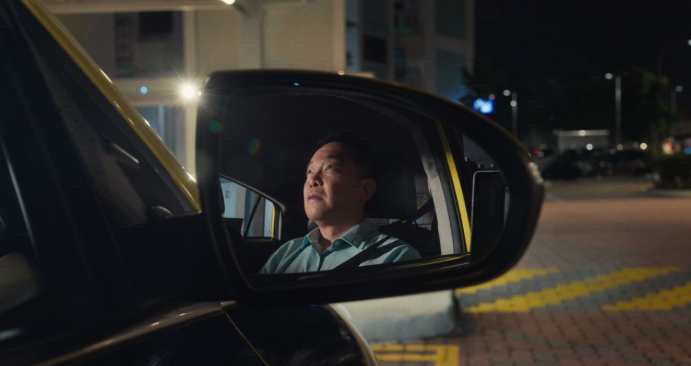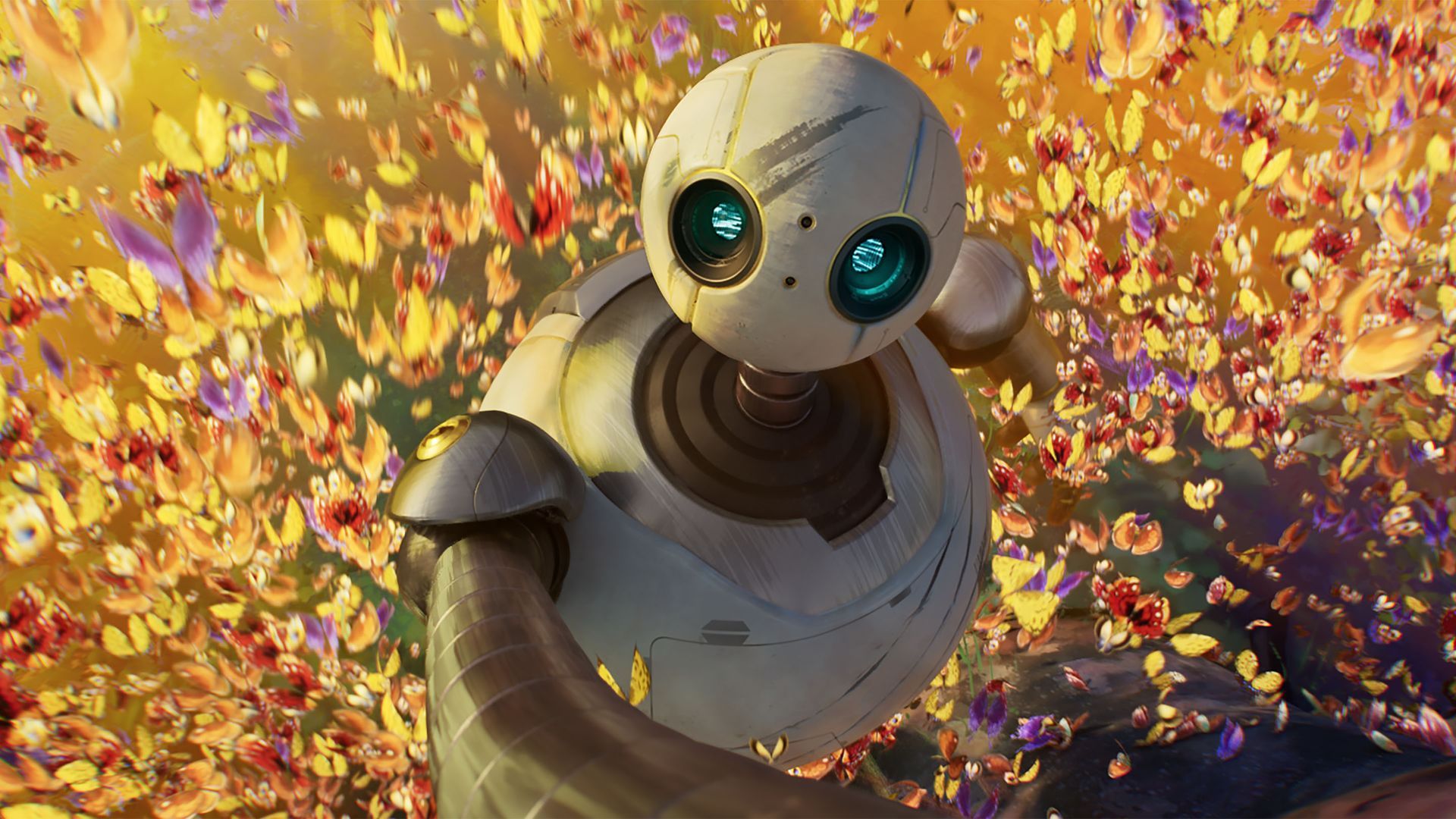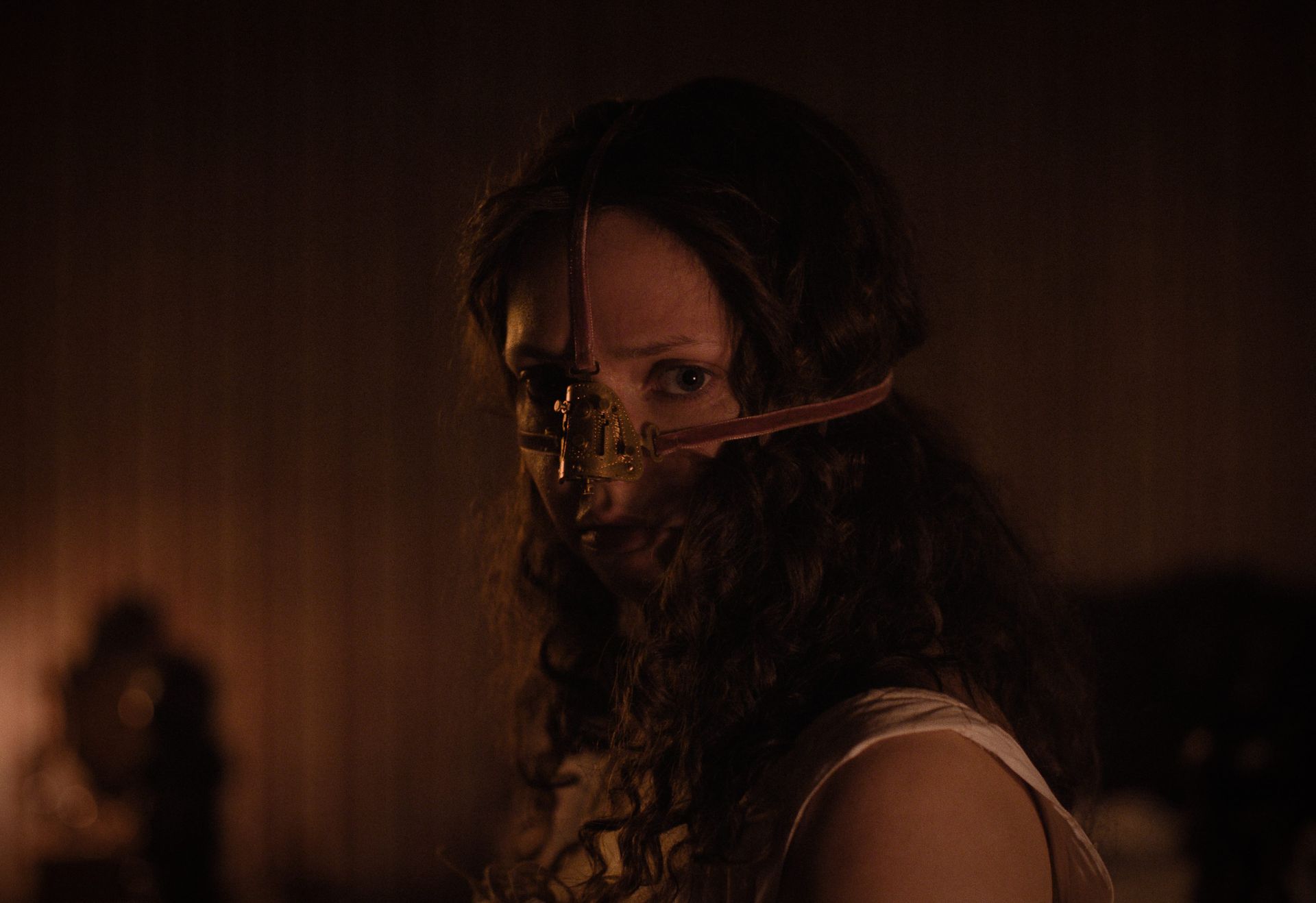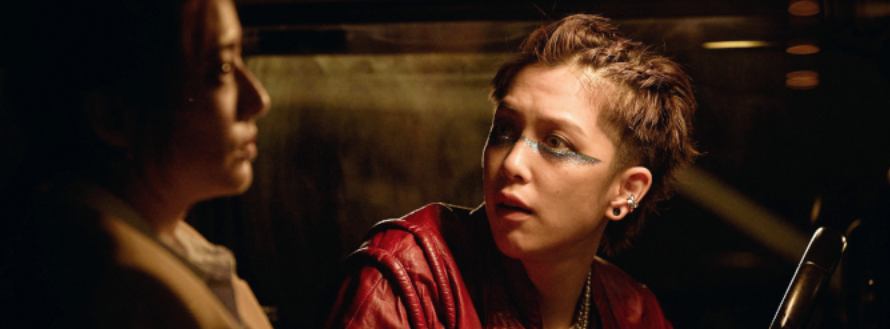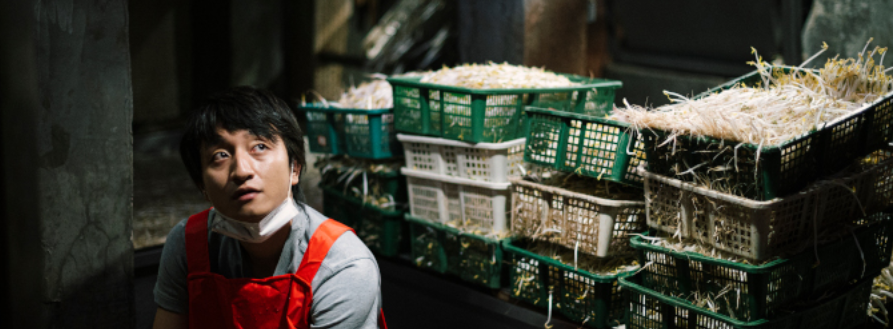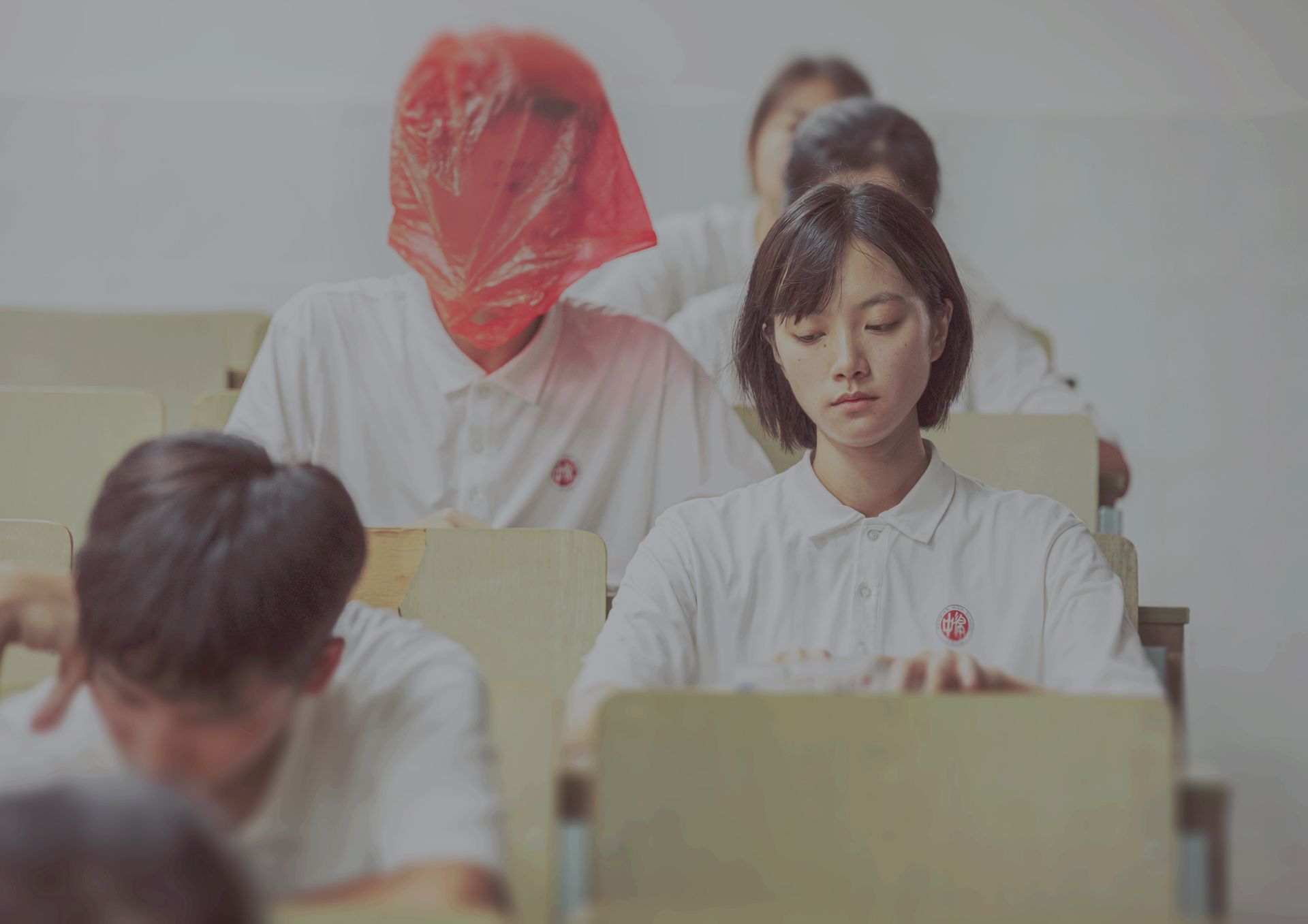Film Review #171: LATEX LABYRINTH
Fraught Lines: Latex Labyrinth
with Jeff Yong
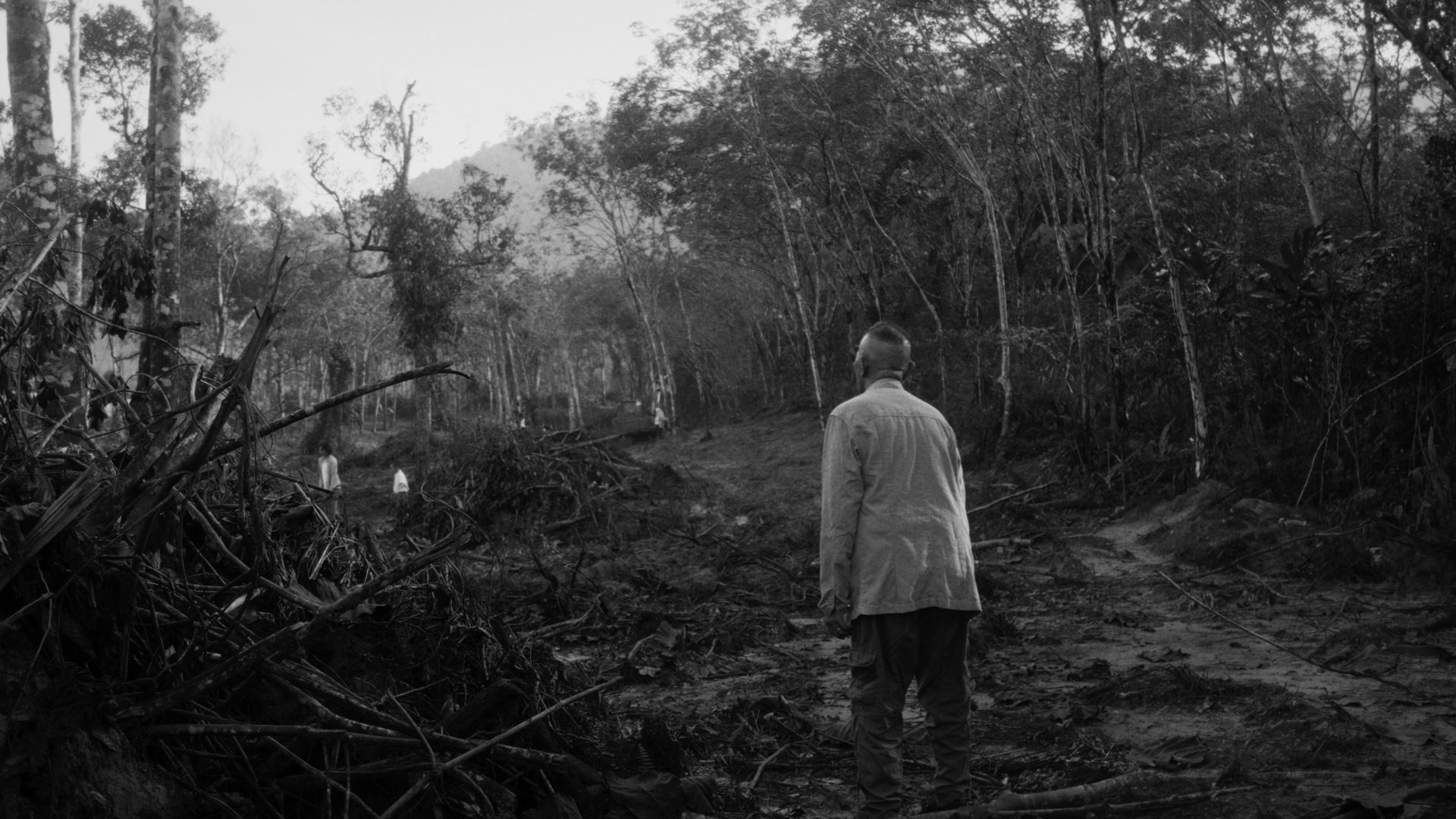
Latex Labyrinth provokes the placid presence of Rubber’s exploitation in 1940s Malaya by unearthing its violent colonial history that permeates through generations, into saplings of the now.
Completely dialogue-less, the film cleverly portrays the carvings of a country’s intergenerational wounds through staccato movements enacted by a suggestive ensemble of a rubber tapper family.
Recalling a specter from the past, the droning camera finds its way through the thick of the plantation to arrive at our first character, a father who looks over to his wife and son threading along a disparate path that never meets. This invisible plane of resistance is mirrored across a different dynamic later.
The film uses the fluid language of the body to embolden a vessel in holding, transferring and naming the trauma of the Emergency across generations.
Like a machine, his physique enacts the ritual of rubber tapping, propulsing and retracting the knife with rigor, as if under a spell.
As she pulls the knife close, the same cuts that scathe the rubber bark seem to incise through her chest too, suggesting the inextricable glue that bonds the tappers to their latex.
Through intercuts, the pulsations that drive the mother’s kinetic rhythms seem to inherit the son, who gracefully carries her cadence and gait.
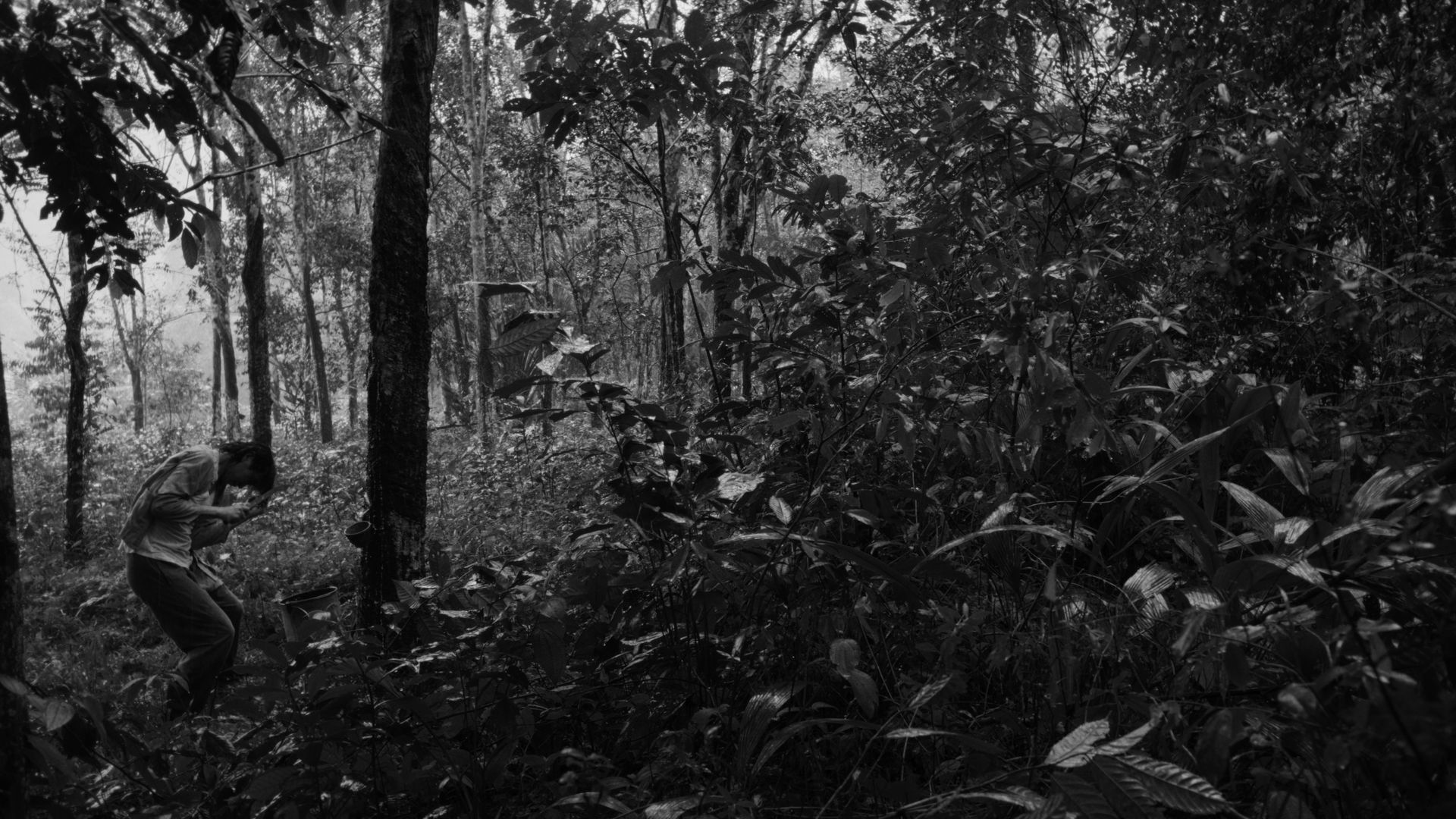
While the storyline remains cloudy throughout, it is precisely in this forest of ambiguity that we may fill the unimaginably crude gaps that pervaded the war-stricken workers of a generation that mostly remains a recollection today.
I caught up with Jeff, who conceptualized and lensed the film, to unravel his process of this fiercely personal piece.
Hao: The film’s treatment is unique in the way that archival elements are interposed with movement, and even song to structure this story. I’m curious, has this style always been your intent from the pre-production?
Jeff: The intent to use archival footage came in during the script development stage as the history became significant to the subject matter through our research. Initially, the idea was to respond to the Lab’s theme of ‘Past, Present, Future’ by placing the dancer across time and place, inside the forest and in the city. After the director, Wei Yinn, and I did further research, it started to emphasize more of the plantation’s historical context during the 1940s in Malaysia.
Hao: Hints and symbols of transnational violence are peppered throughout the film. Was there a particular time period that the film is based on?
Jeff: We were looking at the tail end of the 1940s after the war had ended and the Malayan Emergency began. This period was also the time when my grandparents were working in the plantations.
Naturally, the history of my family revolved around and always traces back to rubber tapping.
Hao: What drew you to unearth the oft-hidden layers that inform our present understanding of the history of these plantations, beyond the textbook?
Jeff:
When I moved to Singapore, I felt lost in the maze of a strange new city. Looking back, I recall the journey that my ancestors took from their hometown to find work in a strange new Malaya then.
I wanted to return to this land to perhaps seek the strength needed to confront my past.
Ultimately, I hope to move on from my intergenerational experience, by photographing this piece of history that has stayed with my family for so long.
Hao: What’s something that viewers may not be aware of going into the subject matter of rubber tapping?
Jeff:
Even though it happened in Malaysia, I feel that this topic of ancestral hardship during the Emergency left a collective memory that the two countries share.
Interestingly, as we drift further from the events in time, the present generation grows more distant from this fact.
For the land, it was actually on the cusp of change while we were shooting. We were told in the coming weeks and months, the land was going to be cleared to make way for a recreational facility.
In the film, you see the marks, the bare land. I think we got lucky to capture the last moments before its history is rewritten into a completely different future.
Hao: For me, the strongest moment in this work lies in the gaze that the mother tapper and soldiers shared for a brief moment, before breaking away, instead of building on their encounter. What significance did this moment entail for you?

Jeff: During the Emergency, the Colonial Forces established Chinese Villages. In a way, they controlled the contact between villages and the Malayan Communist Party hiding in the forest. The only way for the Party to communicate with the Chinese was through the rubber tappers, making them unofficial messengers.
The invisible line separating the two represented the dilemmas the tappers faced, worrying about their lives for making contact with the Communist Party.
During that period, my grandfather had encountered the Army asking him for help. When my family found out he was helping out in the shadows, they convinced him to stop for fear of imminent Colonial repercussions.

Latex Labyrinth was produced in association with Scape’s MOV:MENT Lab 2024 and premiered this January at The Projector.
------------------------
About the author: Zheng Hao is an emerging media arts practitioner whose evolving practice explores the fringes that bisect the human and nonhuman worlds.
His interest lies in making visible policies that tame, dictate and restrain the livelihoods of natural spaces, challenging notions that define what constitutes ‘wilderness’ in Singapore.
His works are often informed by site-specific responses, working across video, photography and performance to elucidate the invisible voices nestled within the nonhuman world.
This review is published as part of *SCAPE’s Film Critics Lab: A Writing Mentorship Programme, with support from Singapore Film Society.
